Below is a collection from our Early Years Foundation Stage activities which are suitable for parents and children to explore at home together. We hope you enjoy being mathematical as a family! You may also like to read our article Developing Pattern Awareness with Young Children.
This collection is part of our Maths at home collection.
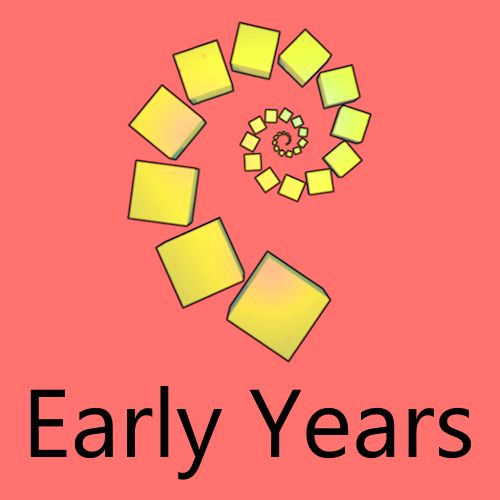
Beat the clock
Children use everyday language to talk about time, to compare quantities and to solve problems
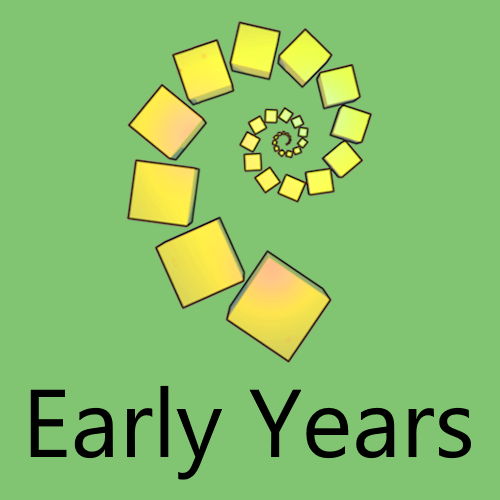
Can you build this?
Children explore characteristics of shapes and use both everyday and mathematical language to describe them, talk about positions and solve problems
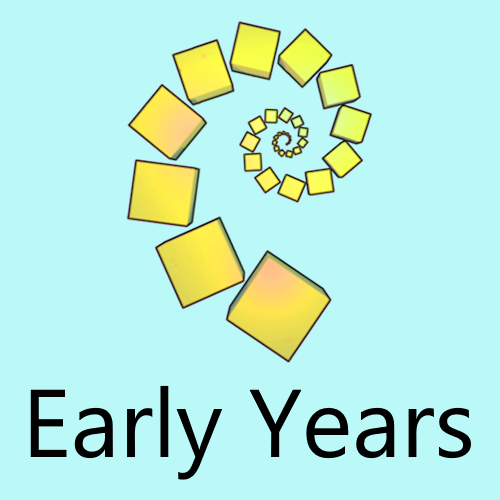
How long are you?
Children use everyday language to talk about size, to compare quantities and objects and to solve problems
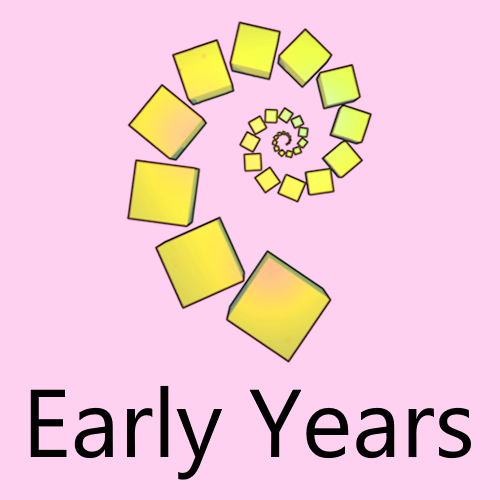
Making footprints
In this activity, children will develop an awareness of the faces of 3D shapes by using them to make 'footprints' in soft dough.

Long creatures
In this task, making a variety of long creatures out of card will provide an opportunity for children to discuss and compare lengths.
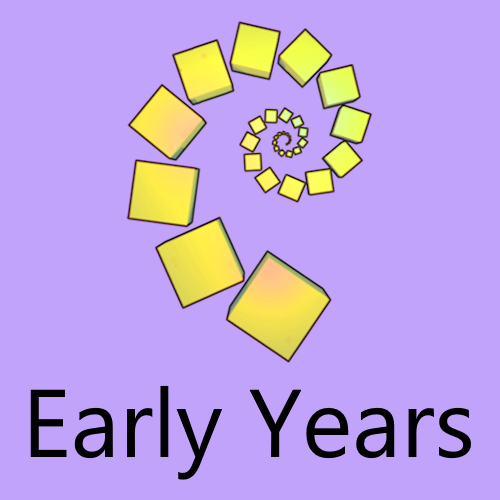
Packing
This activity involves sorting toys into categories by using comparing and classifying skills.

Tubes and tunnels
When investigating these tubes, children will have the opportunity to practise using everyday language to talk about length, size and position.

Dice
This dice activity encourages children to relate the number on the dice to the number of teddies they need to choose.

Mud kitchen
When playing in this mud kitchen, children will be using the language of size and capacity to choose utensils for different tasks.

Pattern making
In this activity, there are lots of different patterns for children to make, describe and extend.

Cooking with children
By following some simple recipes in this task, children can practise the skills of measuring and counting ingredients.
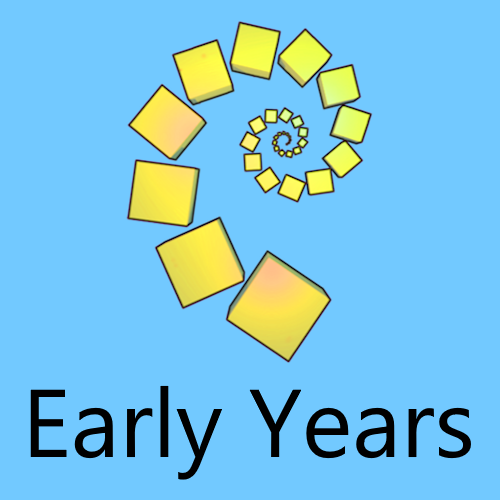
Number book
Creating a 'Book of Four' provides an opportunity for children to collect groups of four objects and consider how the groups of objects are similar.

Small world play
This activity provides an engaging context for children to consider the space they will allocate for some 'small world' toys, and how many toys they will be able to fit into the space.
